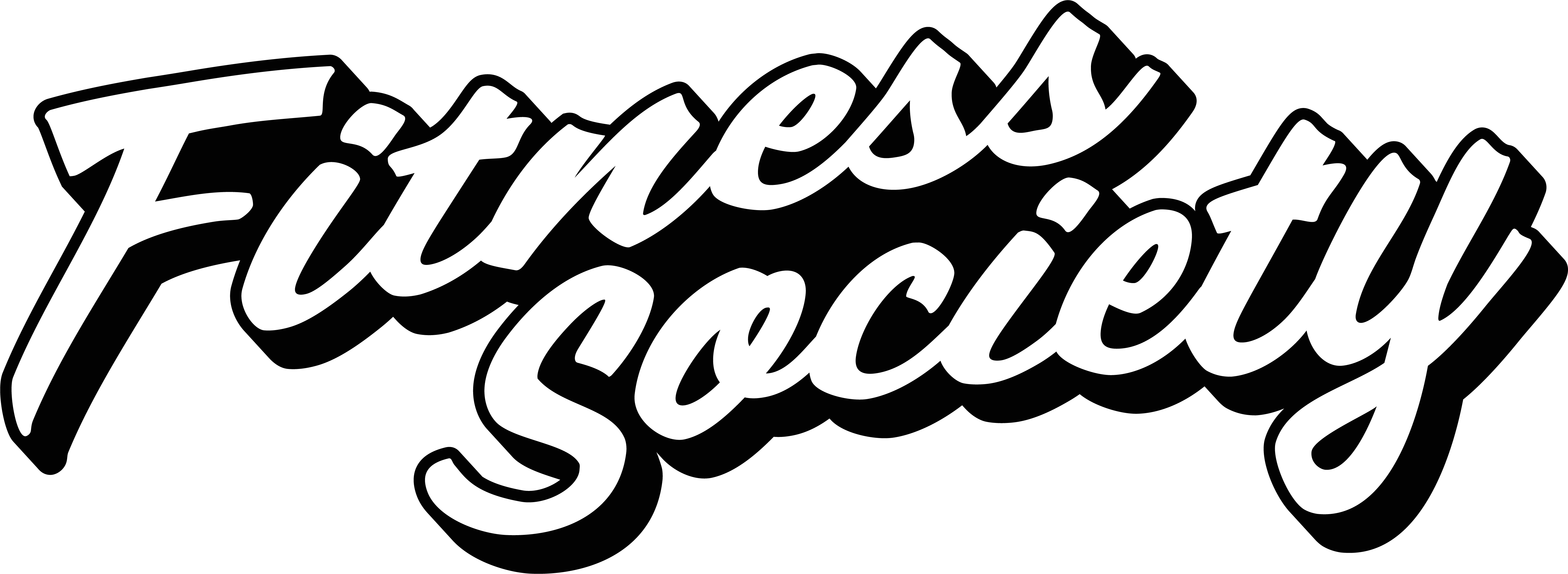
Amateur at deadlifting
Amateur at deadlifting
Deadlifts can be very intimidating due to the strain it can put on the lumbar region of your spine. When you think of “deadlifts” you’re probably thinking of the conventional deadlift. There are a number of deadlift stances that you can try other than conventional.
Many bodybuilders, cross fitters, and olympic athletes use deadlifts for strength training. When performed correctly deadlifts can be very beneficial to your training. This exercise creates a lot of torque at the hips and lower back, but i will explain the correct form and stances to you so that you are ready.
In fact, deadlifts focus on the major muscle groups such as; hamstrings, glutes, latissimus dorsi muscles, quadriceps, erector spinae muscles, back muscles, trapezius, and rhomboid muscles depending on which stance you perform.
Variations of deadlifts1. Conventional Deadlifts
The first stance that comes to mind when thinking of deadlifts is a “conventional deadlift”. This exercise is done using a narrow stance so that your feet are placed under your hips and knees slightly pushed outward. Your grip should be narrow and placed just outside of your hips. Make sure you bend at the knees so your shins are touching the bar. First, you need to squeeze the slack out of the bar. You will need to do this by creating tension with your body without exerting energy. Doing this will tell your body that you are about to exert force and lift something heavy. Finally, make sure to keep the bar in contact with your legs and your back straight as you drive upwards. Keeping your back straight while performing this exercise is crucial to avoiding injury or strain.
2. Sumo Deadlifts
This is very similar to a conventional deadlift with the only difference being your stance. Place your legs in a fairly wide stance with your toes pointed outwards. You will then place your grip how you would in a conventional. Take the slack out of the bar and drive upwards. This type of deadlift not only works multiple muscles, but also increases hip mobility and flexibility.
3. Hex or Trap Bar Deadlifts
A main benefit of this exercise is that it puts less stress on the lumbar spine than barbell deadlifts. Your stance for this lift is going to be using the same stance as a conventional deadlift but, you will just grab the neutral grip handles in the center. This bar is fixed in a hexagon shape so that the lifter is capable of grasping the load at a more natural angle. This helps situate heavier weight more centrally to reduce stress on that lumbar region.
4. Snatch Grip
This is an advanced variation on the conventional deadlift, but also has a wider grip on the barbell. With this being a full motion body exercise, practicing with just the bar first will help you get the form down. Position yourself with a wide grip, your arms should remain extended throughout the motion. Your legs and feet should be shoulder width apart with your feet turned slightly out. To begin the lift, you are going to start in almost a full squat position, grip the bar, and slowly raise out of the squat position while holding the bar. Make sure your back is straight and arms are fully extended throughout the motion. Squeeze your butt as you reach the top and lower the bar back down to the starting position. With this being an advanced lift, make sure you have mastered the other deadlifts before trying this one. This is a much deeper movement so it will engage more muscles.
5. Stiff-leg Deadlift
The stiff-leg deadlift or “straight leg” deadlift is similar to the conventional deadlift. However, there is no knee reflexion involved. Keep your feet shoulder width apart with a slight bend in your knees. You are then going to brace your core and proceed to lift the bar, keeping it close to your body. Make sure to keep your back straight until you have reached standing position. Lower the bar to the ground while keeping your legs straight. Since this exercise has restrictive knee reflexion, this helps strengthen and isolate the muscles on the back of the body.
Tip to keep in mind
Keeping all of these variations of deadlifts in mind, remember to keep a straight back, chest up, knees out, and do not hyper extend at the top of the movement. Always look up videos of demonstrations of movements on youtube if you are unsure and want a clear understanding of how to perform the lift.
If you want some guidance, hit the link below for a 1 on 1 personal trainer to help accomplish your goal.

